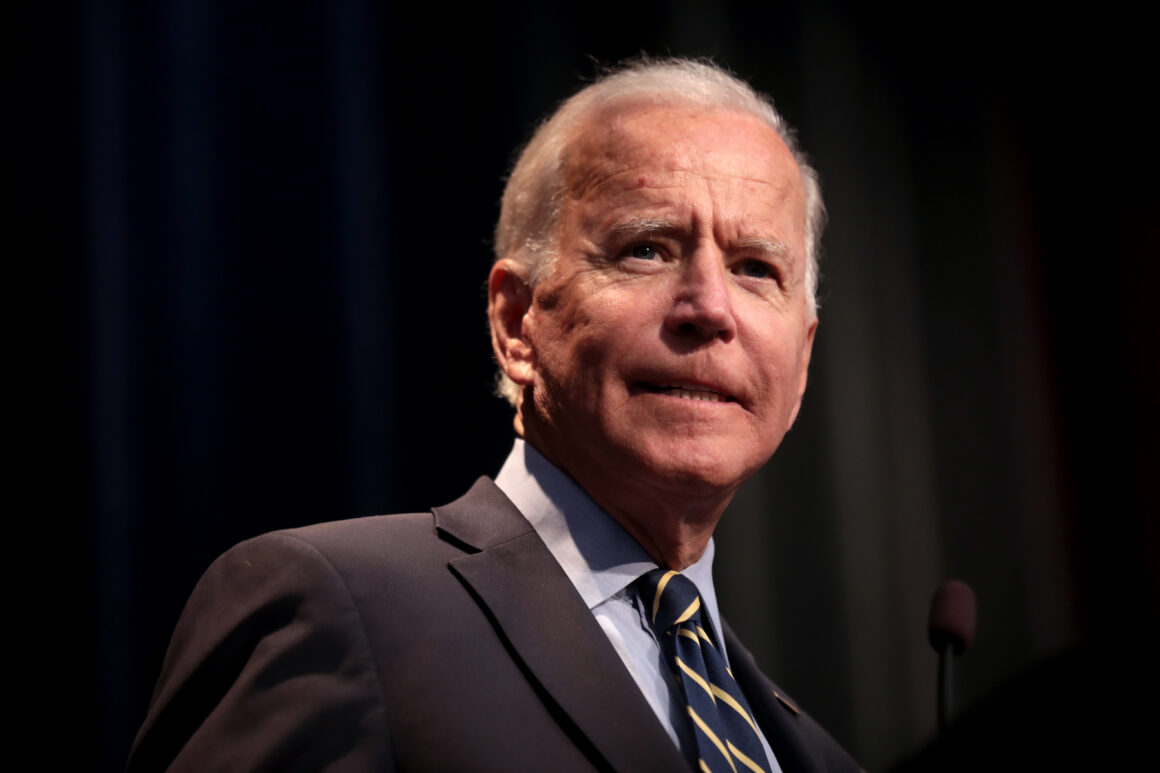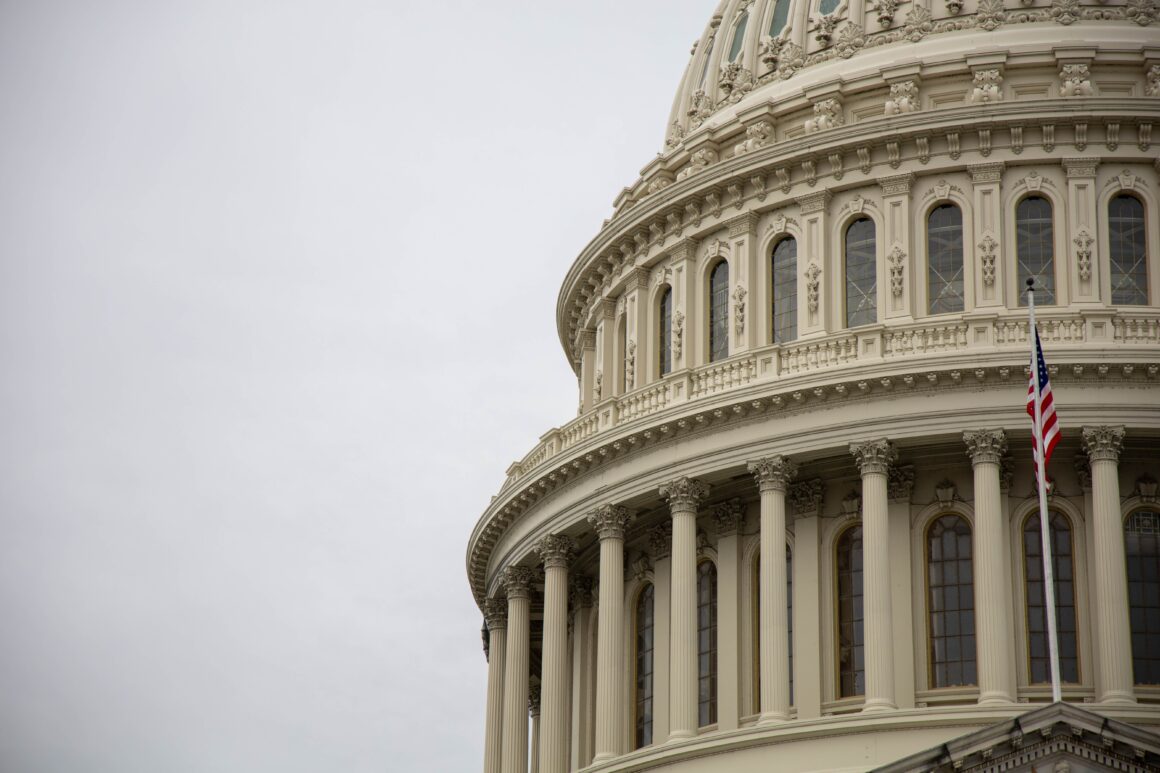This November, Ohioans will be able to vote on the highly controversial and widely discussed Issue 2. If you’ve watched TV or gone online in Ohio during the last few months, there’s a probable chance you’ve seen ads for Issue 2, aka the Ohio Drug Price Relief Act. The citizen-initiated statute would require the state of Ohio to pay no more than the U.S. Department of Veterans Affairs — which currently negotiates drug prices 20 to 24 percent less than other agencies. The act would affect state programs including the Ohio Department of Medicaid, medical programs for community college and university employees and people who receive benefits through the Ohio Bureau of Workers’ Compensation. Overall, this act would affect about 4 million adults and children.
The primary proponent of Issue 2 is the Los Angeles-based AIDS healthcare foundation, a global nonprofit organization which is currently the largest provider of HIV/AIDS medical care in the US. Pharmaceutical companies’ profits are directly threatened by this issue thus these companies have provided a substantial amount of funding to the opposition group Ohioans Against the Deceptive Rx Ballot Issue. The group is funded by the bottomless pockets of the Pharmaceutical Research and Manufacturers of America (PhRMA), the trade association representing drugmakers.
Proponents argue Ohio citizenry shouldn’t have to pay more for the same drugs veterans are receiving at a discounted price. Whereas the opposition argues that the ballot issue will raise rather than lower drug prices while reducing patient access to needed medicines.
These two groups have battled for public support mostly through TV ads. However, the number of ads being broadcasted is severely lopsided. Opponents have outspent supporters roughly 5 to 1 and this is unlikely to change in the remaining weeks before voting day.
However, It doesn’t seem these ads have been working. SurveyUSA polled 532 Ohioans over the telephone between Aug. 1 and Aug. 6 to discover how voters leaned on the bill. Only 6 percent understood the bill very well and 54 percent were uncertain how they’d vote.
This statewide initiative could be the most expensive ballot-issue campaign in state history says the Associated Press. According to analysts, the battle could easily exceed the record $64.4 million spent in 2008 on Issue 6, an act which sought permission to erect a casino in rural Wilmington, Ohio. This act will affect both sides bottom-line, evident in the nearly $24 million spent on TV commercials thus far.
The initiative was endorsed by Senator Bernie Sanders of Vermont and is only the first step for the state to take on Big Pharma and to ensure better drug prices for all.
Image source: Orange County DUI Attorneys




